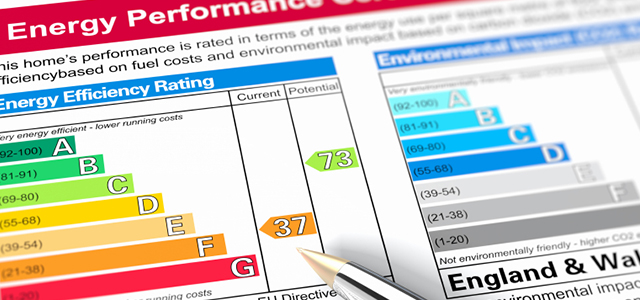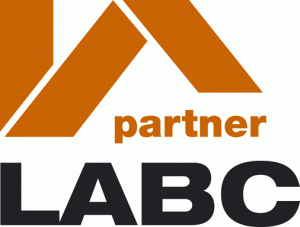| the Christopher Huntpractice architectural and building design for residential development |
|
Site
Menu
 |
|
|
SAP Thermal Proving
Calculations. The Standard Assessment Procedure (SAP) is the methodology used by the Government to assess and compare the energy and environmental performance of dwellings and sometimes homes extensions.
SAP applies to both new homes and to some home extensions where the proposed design exceeds a 25% floor area limit of the new extension. If the new glazing to a proposed scheme is under 25% of the home extension floor area then a SAP thermal proving calculation will not be required. SAP was developed by the Building Research Establishment (BRE) for the former Department of the Environment in 1992 to help deliver its energy efficiency policies. The SAP methodology is based on the BRE Domestic Energy Model (BREDEM), which provides a framework for calculating the energy consumption of dwellings and home extensions. In 1994 SAP was entered in Part L of the Building Regulations as a means of assessing dwelling energy performance. Reduced Data SAP (RDSAP) was introduced in 2005 as a lower cost method of assessing the energy performance of existing dwellings. BREDEM, SAP and RDSAP are used to underpin the delivery of a number of key energy and environmental policy initiatives. SAP works by assessing how much energy a dwelling will consume, when delivering a defined level of comfort and service provision. The SAP assessment is based on standardised assumptions for occupancy and behaviour. SAP quantifies a dwelling’s performance in terms of: energy use per unit floor area, a fuel-cost-based energy efficiency rating (the SAP Rating) and emissions of CO2 (the Environmental Impact Rating). This enables a like-for-like comparison of dwelling performance. Related factors, such as fuel costs and emissions of carbon dioxide (CO2), can be determined from the assessment. These indicators of performance are based on estimates of annual energy consumption for the provision of space heating, domestic hot water, lighting and ventilation. Other SAP outputs include estimate of appliance energy use, the potential for overheating in summer and the resultant cooling load. SAP 2012 is the latest revision of the SAP document. This 2012 version of SAP has been published to support the 2013 Amendment to Part L of the Building Regulations for England, which is expected to deliver a 6% improvement in new dwelling performance. It is also expected to support the Building Regulations of the Devolved Administrations, Scotland, Northern Ireland and Wales. |
Christopher Hunt MCIAT is not an Architect or a member of the RIBA but a Chartered Architectural Technologist - a professional building designer specialising in residential development from home extensions to new builds including conversions and refurbishments. He is a full member of CIAT which is a different and alternative qualifying body for professionals dealing with building design. If you specifically want an Architect click this link Home page About us Previous schemes gallery Client guides Client options after approval Construction News CIAT News Resources Home Building Contact Us Site Map |
|
|
|
|
Client Area:- Visit our Social Network Pages |
|
|
Work Areas
Residential development for household extensions, conversions and new dwellings. Measured surveys and roof inspection reports. Drawing plans on cad and specifications for planning permission, planning consent, planning approval, local authority approvals, building surveys and party wall act. Chartered Architectural Technologists belong to CIAT (the Chartered institute of Architectural Technologists). Key search phrases include - building designers, extend your home, extension guide, permitted development, planning advice, planning guide, planning gain. |
|
|
Article of the month:- Home building design ideas....
|
This page last updated:
© Copyright Christopher Hunt 2014. All Rights
Reserved.
|


 Its purpose is to provide assessments of a dwellings energy performances that
are needed to underpin energy and environmental policy initiatives created by the government.
Its purpose is to provide assessments of a dwellings energy performances that
are needed to underpin energy and environmental policy initiatives created by the government.





